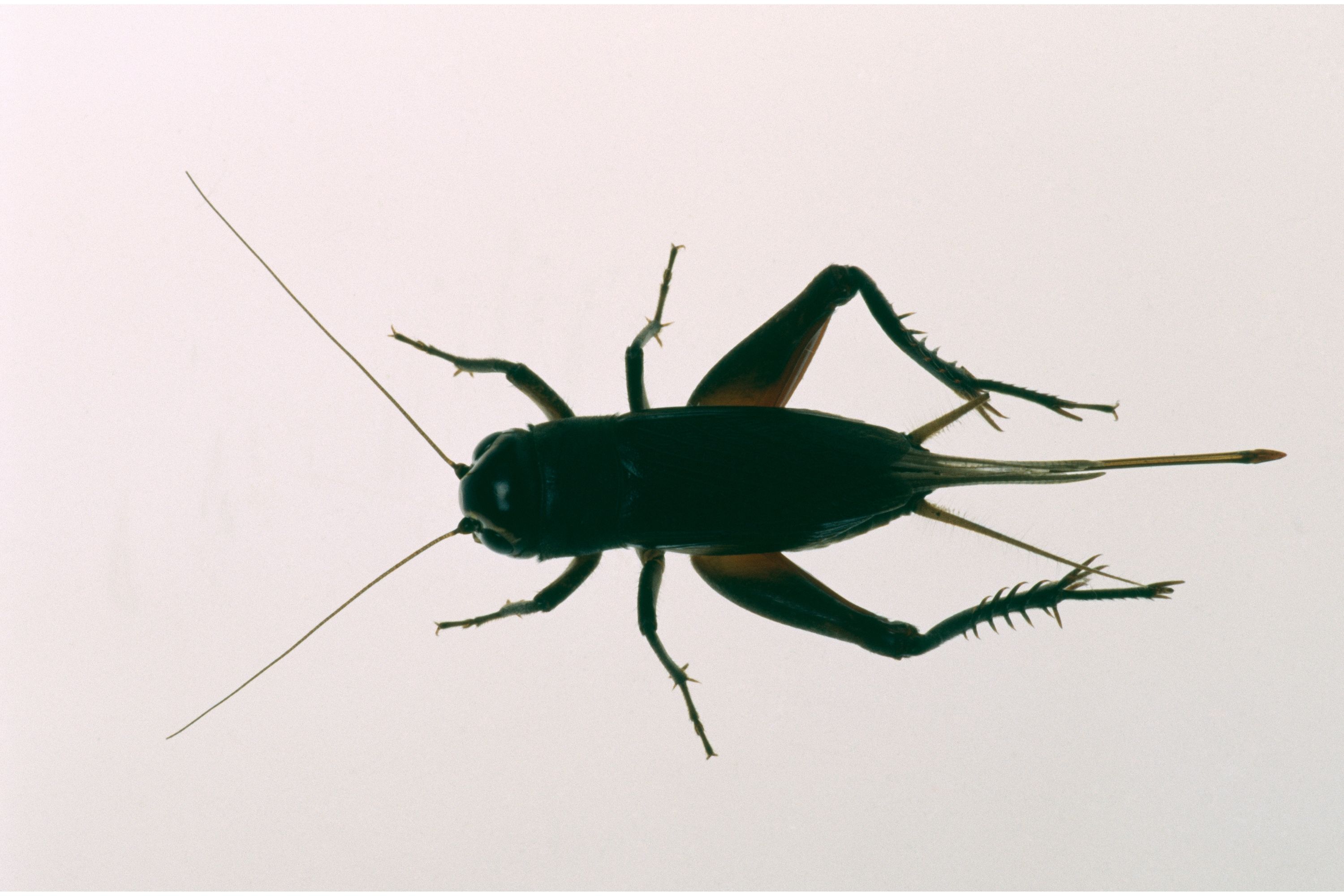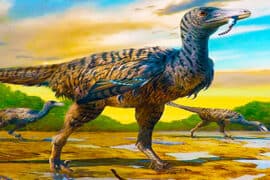Black field cricket
(Teleogryllus commodus)

Description
Teleogryllus commodus, commonly known as the black field cricket, is a cricket species native to Australia.They are significant pests to most plants in Australia and New Zealand. T. commodus belongs to the order Orthoptera, the family Gryllidae which are characterized by wings that are folded on the side of the body, chewing mouthparts and long, thin antennae. T. commodus has the ability to learn via the recognition of rewards. In addition, they are also capable of odour recognition and thus can be taught via odour pairing. T. commodus can grow up to 30 mm long, with long antennas and legs adapted for jumping. Their coloration is usually black or brown. Nymphs can be recognized by a white stripe on the abdomen. Adult females are characterized by ovipositors which are long structures used for laying eggs. In contrast, males have modified veins in forewings with hard pegs that play a role in song production. Another fact about black field crickets is that their tegmina (leathery forewing) is asymmetrical. T. commodus undergo hemimetabolous (the lack of pupal stage from larva to adult) development with 3 main stages: egg, nymph (multiple stages~8), and adulthood Females age faster than males do. Furthermore, virgin males have a shorter life expectancy than mated males, most likely due to high calling efforts in attracting mates. However, high quality males may still die sooner if they call very intensely. T. commodus can be located throughout Australia and New Zealand. The species originated in Australia but with time they were introduced to New Zealand. They are known to cause significant damage to pastures and gardens. The habitat of T. commodus consists of rocky surfaces or ground with large amounts of cracks as it gives them shelter from the sun, and is most active at night. Moreover, T. commodus live in clusters and thus seek living quarters that are already occupied by others. The adult males usually change burrows every two days as a consequence of scarce mates or frequent attacks from other males. T. commodus are omnivores so their diet is rather broad but they mostly feed on plants, so far no preference for any particular plants has been established. Reproductive differences between male and females result in differing dietary requirements. Females require a diet with higher protein content for the production of eggs, whereas males require an energy rich diet for call production.
Taxonomic tree:







